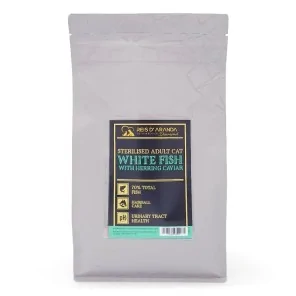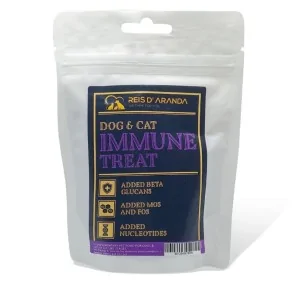Its name says it all: the Vienna blue rabbit comes from Austria. Not only is it beautiful with its shiny blue-grey...
THE CHARTREUX CAT
INTRODUCTION
The chartreux cat is a quiet, friendly and beautiful French feline, which offers good companionship. It is a much loved breed in France and is still difficult to find outside Europe.
THE ORIGIN OF THE CHARTREUX CAT
Chartreux is a French breed said to have originated in the 18th century, or perhaps earlier. Legend has it that they are descended from cats brought to France by Carthusian monks to help them keep the monasteries free of rats and mice. It is also said that this blue-grey cat may have come from the mountainous regions of the Middle East. Its thick woolly coat protects it from the cold and allows it to adapt to new homes.
The Second World War endangered the chartreux and, like most breeds, it was on the verge of disappearing. Thanks to the stubborn work of breeders who focused on selective crossbreeding with the Russian blue, the British shorthair and Persian cats, the breed has regained its former vigour, although it is still quite rare.
In 1987 the Cat Fanciers Association (CFA) recognised it as a breed. Today, the chartreux is a kind of French national heritage. Beloved by its compatriots, it is a breed with a rare presence outside Europe.
WHAT IS THE CHARTREUX CAT LIKE?
BODY: The Chartreux has a rather pronounced sexual dimorphism. The male is medium to large in size, with a broad chest. The body of the adult Chartreux is muscular and robust of medium proportions, being lithe and very agile. Strong, thick and short, muscular neck (this is especially true for the male which, in adulthood, has almost no neck). Shoulders are broad, chest deep and set back. The legs have strong bones and muscles, but appear slender in comparison to the rest of the body. The feet are round and the pads are blue-grey.
The female is smaller, narrower in the chest and less rounded, but this does not detract in any way from its robustness, although the proportions remain the same for both sexes. The male can weigh up to 7 kg, while the female usually weighs less than 5 kg. In general, the legs and tail are of medium size.
HEAD: Seen from the front, the head is shaped like an inverted trapezium with rounded edges, especially in males. The profile is slightly concave, with a high, flat forehead. The straight, broad nose may have a very slight stop, although its absence is preferable. The nose is slate grey. The jaw is powerful and has chubby cheeks, especially in males over two years of age. The shape of the face gives a characteristic smile, its nickname is ‘the smile of the cat of France’. The chin is firm.
The ears are of medium size, set high on the head, close to the base and slightly rounded. The eyes are round, large and expressive, although a little slanting to the outer end. The colour may vary from gold to orange.
Among the faults to be penalised in a cat show, there is a too pronounced stop or flat nose, a long and heavy muzzle, almond eyes. These faults do not take away the title of Chartreux cat, but they lower its value. The defect which can remove the title is the complete green of the eyes, or the presence of a green circle in the colour of the eyes.
COLOUR: The only acceptable colour is blue in all shades from blue-grey to grey-blue and must be uniform from the tip of the coat to the roots. Whether dark or pale, the colour of the coat should be completely uniform, although brindle markings are present during the first months of his life. The coat is blue-grey. The presence of white patches in the coat can completely eliminate the title of Chartreux Cat.
The coat is glossy, dense like that of an otter.
THE HEALTH OF THE CHARTREUX CAT
The chartreux is generally in good health and is a vigorous and strong breed. However, there are a number of health issues, such as polycystic kidney disease and urinary tract stones. They also have a tendency to have a problem with patellar luxation.
- POLYCYSTIC RENAL DISEASE: is a disease in which cysts with fluid in them prevent one or both kidneys from functioning properly.
- STRUVITA CRYSTALS: These are small stones that form in the cat's bladder due to poor hydration or alkaline urine. These stones can cause irritation of the bladder, block the urethra and lead to kidney failure.
THE CHARTREUX CAT'S PERSONALITY
They are very quiet but affable and affectionate cats with a gentle nature. The chartreux rarely makes a noise, hardly meows or cries, and also usually sounds more like a gurgle than a meow.
It is a very intelligent and obedient breed. They like to sit on your lap, are loyal companions and are often attached to one person in the house, following them from room to room. Even so, they are affectionate and affable cats with all members of the family. The chartreux is good with children and other animals. They are non-aggressive, friendly, good travellers and generally in good health.
CONCLUSION
In general, this is an intelligent, calm, well-balanced and easy-going breed. They form an intense bond with their whole family. It is not unusual for them to follow the members of the household around the house or to sleep on top of them.
Leave a comment
Log in to post comments
















